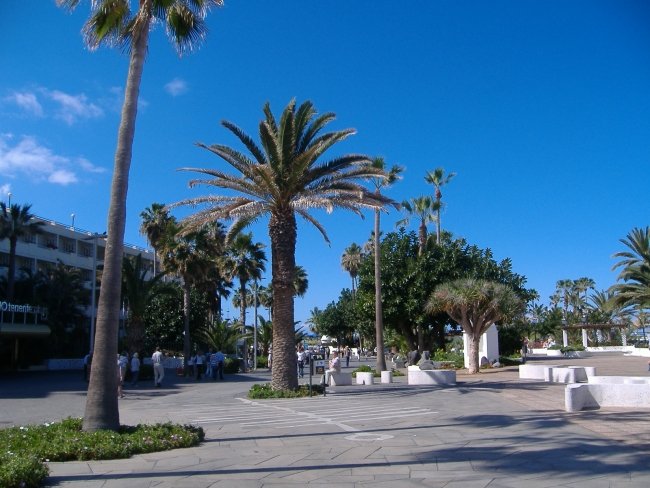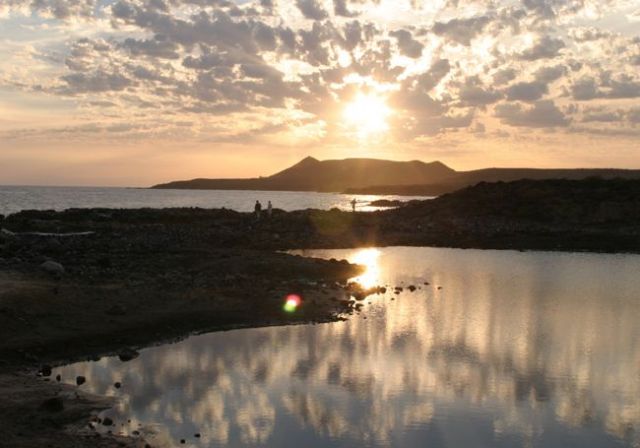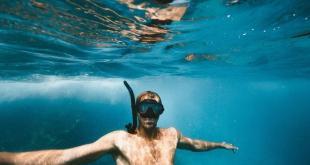The Canary Islands, or Canaries, are located in the eastern part of Atlantic Ocean, southwest of Spain and northwest of Africa, off the Moroccan coastline. The Canaries consists of (from largest island to smallest) Tenerife, Fuerteventura, Gran Canaria, Lanzarote, La Palma, La Gomera, El Hierro, La Graciosa, Alegranza and Montana Clara. Vacation on Canary Islands comprises the utmost attractions: large resorts with best beaches, of fine sand and clear blue waters, captivating fishing villages, hidden delights of remote hilltop hamlets and great areas of unspoilt wilderness with virgin forests and stunning volcanoes.
You will experience an unforgettable holidays on Canary Islands – a coastline offering astonishing panoramic views of the Atlantic Ocean and alluring island bays with crystal clear shallow blue water and white sandy beaches.
To put you in the picture, Tenerife, the largest of the Canary Islands, is the most admired holiday destination for visitors from all over the World, it’s the center of tourism and the heart of Canaries. It has a very diverse landscape, right in the middle of the island there is a chain of mountains with the mighty 20-km-diameter volcanic crater Canadas del Teide. Other eye-catching sites include fertile valleys of bananas, tomatoes and other crops and a coastline with golden sandy beaches.
Gran Canaria also has a mountain range in the island’s heart. Sometimes it’s even called ‘a gran massif that rises up from the sea’. Moreover, the island has various landscapes as well and even diverse climate zones with a rich assortment of mountain highlands, tropical forests, infertile desert lands and stunning wide golden sand beaches.
Fuerteventura has the most extensive magnificent white sandy beaches in the Canaries. The best of them are Jandia in the south and Corralejo in north of the island. Only 100 miles separate Fuerteventura from the African continent, to be precise off the Moroccan coast. Lanzarote differs from the other islands with its extraordinary landscape of a volcanic origin. Most of the island parts are covered by ash and lava, making it look like the Moon’s surface. The largest recorded volcanic eruptions here occurred between 1730 and 1736. The Island of La Palma is one of the smallest and the least developed of the Canary islands. Nevertheless its unspoiled landscape is wonderfully ideal for walking and trekking holidays.
And of course, finally, about the best time to visit the Canary Islands. The Canaries benefit from an excellent climate with a constant temperature throughout the whole year. Thanks to the trade winds the temperatures here are very comfy at all times. So, the best time to visit the Canaries? During the whole year!
 World inside pictures Collect and share the best ideas that make our life easier
World inside pictures Collect and share the best ideas that make our life easier




























